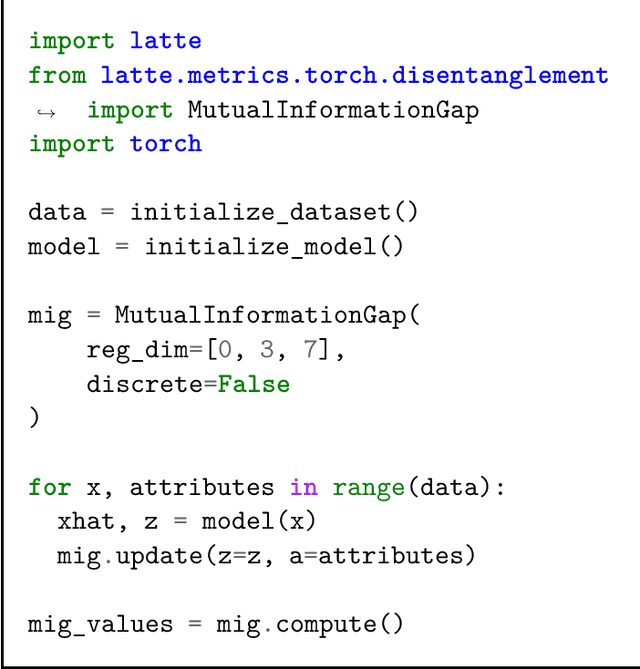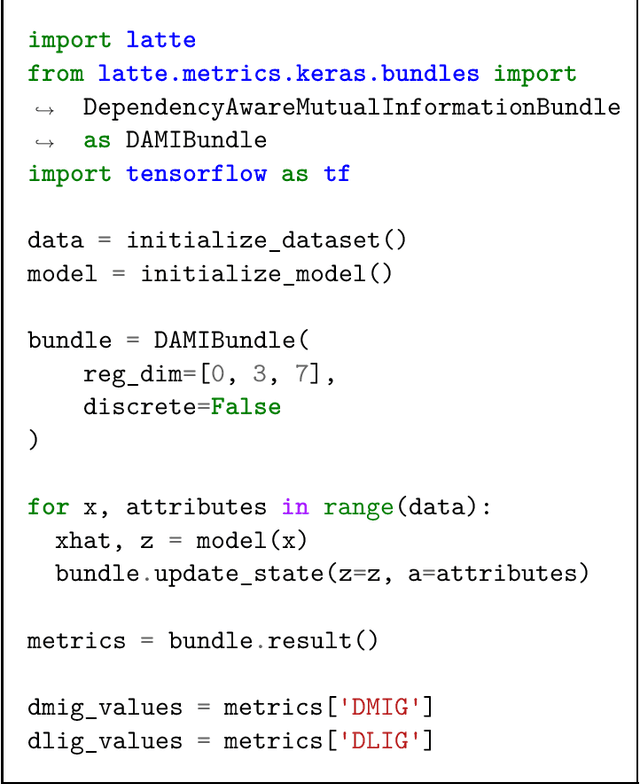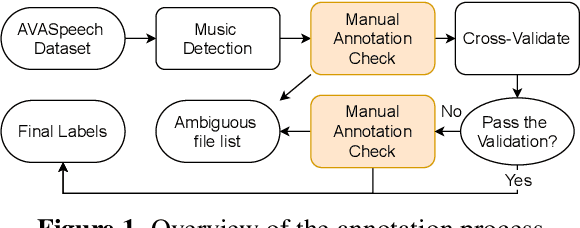Junyoung Lee
Word and Phrase Features in Graph Convolutional Network for Automatic Question Classification
Sep 04, 2024Abstract:Effective question classification is crucial for AI-driven educational tools, enabling adaptive learning systems to categorize questions by skill area, difficulty level, and competence. This classification not only supports educational diagnostics and analytics but also enhances complex tasks like information retrieval and question answering by associating questions with relevant categories. Traditional methods, often based on word embeddings and conventional classifiers, struggle to capture the nuanced relationships in natural language, leading to suboptimal performance. To address this, we propose a novel approach leveraging graph convolutional networks (GCNs), named Phrase Question-Graph Convolutional Network (PQ-GCN) to better model the inherent structure of questions. By representing questions as graphs -- where nodes signify words or phrases and edges denote syntactic or semantic relationships -- our method allows GCNs to learn from the interconnected nature of language more effectively. Additionally, we explore the incorporation of phrase-based features to enhance classification accuracy, especially in low-resource settings. Our findings demonstrate that GCNs, augmented with these features, offer a promising solution for more accurate and context-aware question classification, bridging the gap between graph neural network research and practical educational applications.
Teamwork Dimensions Classification Using BERT
Dec 09, 2023Abstract:Teamwork is a necessary competency for students that is often inadequately assessed. Towards providing a formative assessment of student teamwork, an automated natural language processing approach was developed to identify teamwork dimensions of students' online team chat. Developments in the field of natural language processing and artificial intelligence have resulted in advanced deep transfer learning approaches namely the Bidirectional Encoder Representations from Transformers (BERT) model that allow for more in-depth understanding of the context of the text. While traditional machine learning algorithms were used in the previous work for the automatic classification of chat messages into the different teamwork dimensions, our findings have shown that classifiers based on the pre-trained language model BERT provides improved classification performance, as well as much potential for generalizability in the language use of varying team chat contexts and team member demographics. This model will contribute towards an enhanced learning analytics tool for teamwork assessment and feedback.
Latte: Cross-framework Python Package for Evaluation of Latent-Based Generative Models
Jan 22, 2022

Abstract:Latte (for LATent Tensor Evaluation) is a Python library for evaluation of latent-based generative models in the fields of disentanglement learning and controllable generation. Latte is compatible with both PyTorch and TensorFlow/Keras, and provides both functional and modular APIs that can be easily extended to support other deep learning frameworks. Using NumPy-based and framework-agnostic implementation, Latte ensures reproducible, consistent, and deterministic metric calculations regardless of the deep learning framework of choice.
AVASpeech-SMAD: A Strongly Labelled Speech and Music Activity Detection Dataset with Label Co-Occurrence
Nov 02, 2021



Abstract:We propose a dataset, AVASpeech-SMAD, to assist speech and music activity detection research. With frame-level music labels, the proposed dataset extends the existing AVASpeech dataset, which originally consists of 45 hours of audio and speech activity labels. To the best of our knowledge, the proposed AVASpeech-SMAD is the first open-source dataset that features strong polyphonic labels for both music and speech. The dataset was manually annotated and verified via an iterative cross-checking process. A simple automatic examination was also implemented to further improve the quality of the labels. Evaluation results from two state-of-the-art SMAD systems are also provided as a benchmark for future reference.
 Add to Chrome
Add to Chrome Add to Firefox
Add to Firefox Add to Edge
Add to Edge